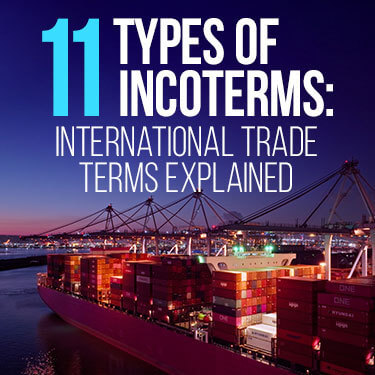
When you import from another country, chances are you might have to agree to one of many types of Incoterms with your seller. Understanding the function of all Incoterms is essential in determining which one is best for you. Without proper knowledge of these terms, you might end up agreeing to terms that put you at a disadvantage.
According to the International Chamber of Commerce (ICC), there are 11 types of Incoterms used in international trade. Incoterms are divided by the responsibilities assigned to the importer and exporter and the mode of transport used. Four Incoterms are used for ocean shipments. The other seven are used for any shipment type.
We’ll explain the function of all Incoterms, the categories they fit under, and the mode of transport they’re used for.

Incoterms were created by the ICC as a way to promote positive commerce between nations around the world. Incoterms achieves this goal by clearly defining the responsibilities of sellers (exporters) and buyers (importers) that are carrying out international trade.
With clearly defined roles, both buyers and sellers can more easily understand one another’s business arrangement. As international commerce changes over time, so do Incoterms. The ICC updates Incoterms occasionally so that they can reflect current trade practices. Although Incoterms don’t have to be used, their effectiveness has driven many buyers and sellers to utilize them.
You can learn more about the generalities of Incoterms from our article, “What Are Incoterms.”
The 11 Incoterms are organized into four different categories designated by the first letter in their abbreviation. These categories are:
Each category sets the general responsibilities that the buyers and sellers are responsible for.
For Incoterms in Category C, the seller bears costs and risks associated with getting the goods to the port where they will be loaded and shipped off. When the goods are loaded onto the transport vehicle, the seller is free of any responsibility.
Responsibility at this point of the importing process is transferred to the buyer. There are a total of four Incoterms within Category C which are:
The generalities of Category D deal mostly with determining the destination of the imported goods. There are three Incoterms within Category D and they are:
There is only one Incoterms in Category E and that is the EXW (Ex Works) term. This term gives the buyers most of the responsibility for overseeing the import process.
Lastly, Category F Incoterms gives the seller responsibility for overseeing the delivery of the goods to the buyer. The seller must use a delivery method the buyer wants them to use. After the goods have been delivered, the buyer then becomes responsible for the related costs and risks.
As with Category D, Category F has four Incoterms:

Our 45 Minute Licensed Expert Consulting Will Personally Guide You.

The Incoterms within the same category are largely similar to one another. However, each one has its unique differences and specificities that sellers and buyers have to use. This makes each term good for certain scenarios that the seller and buyer are in.
Before explaining the subcategories of each Incoterm, it's important to understand some terminology that we’ll be using. These terms describe each step of the international shipment process.
Each step of the international shipment process from first to last is:
We’ll start with the Incoterms that has the most amount of responsibility for the buyer and work our way through the Incoterms that have the least amount of responsibility. Additionally, insurance for transporting the goods might have to be provided by the seller or buyer.
This also goes for export duties and import duties. For some Incoterms, the buyer or seller may have to cover both.
As we discussed, the buyer is responsible for many of the importing procedures under the EXW Incoterm. Under the EXW Incoterms, the seller only has to have the goods ready and available for pickup by the first carrier.
The buyer is responsible for paying the first carrier to pick up the goods as well as all responsibilities from then on. Additionally, the buyer will have to pay the necessary export costs as well.
This Incoterm is similar to the EXW Incoterms in many ways. Most of the responsibility is placed on the buyer, which makes it extremely beneficial to the seller. On top of having to get the goods ready for pickup by the first carrier, they also need to pay the first carrier for their services.
After these responsibilities are fulfilled, the buyer assumes responsibility for the shipment process as they would for the EXW Incoterm. Export clearance will also be the responsibility of the seller for every Incoterm going forward.
As the name of this Incoterm implies, the seller is responsible for the alongside shipping step of the import/export process. This is an additional step on top of making goods available for pickup and covering the costs of the first carrier. Under the FAS Incoterms, the buyer’s responsibility starts with loading the goods for transport and everything after.
The FOB Incoterm distributes responsibility more evenly between the seller and buyer than any other Incoterms. For the most part, the responsibilities of the seller and the buyer are the same, except for loading the goods on a vessel for transport.
Under the FOB Incoterm, the seller is responsible for everything up to loading the vessel. The buyer will then pay the cost to transport the goods and the rest of the importing procedures.
The CFR Incoterms places more and more responsibility on the seller. For this Incoterm, the seller has to cover all responsibilities, from making their goods ready for pickup, to paying for the transport of the goods to the buyer. As for the buyer, they only have to worry about unloading the vessel and all the steps thereafter.
Seller responsibilities for the CIF Incoterm are fairly similar to that of the CFR Incoterms. The one added difference is that the seller will have to provide insurance coverage for the goods during the transport step. Beyond this, the responsibilities of the seller and buyer remain the same.
In accordance to the CPT Incoterm, sellers are responsible for the entire import/export process up to the delivery point specified by the buyer. At the delivery point, the buyer will have to unload their goods off the final carrier and assume responsibility over the shipment.
The CIP Incoterms is the same as the CPT Incoterm with one exception. The exception is that the seller also provides insurance coverage during the transport step. All other responsibilities remain the same as the CPT Incoterm for both sellers and buyers.
The DAT Incoterm is similar to CPT and CIP. A key difference is that the seller is responsible for the unloading procedures at the buyer’s delivery point. The DAT Incoterm is the only one that will require the seller to unload the final carrier.
The DAP Incoterm places almost all of the import/export responsibilities onto the seller. They’re responsible for getting the buyer's goods past the buyer's delivery point and to the buyer’s destination. From there, the buyer is only responsible for unloading the imported goods.
Finally, the DDP Incoterm requires the seller to bear responsibility for the entire import/export process, including the added responsibility of paying for relevant import duties. As with DAP, the seller only has to unload the goods they’ve imported at the specified destination.
To better illustrate the responsibilities of sellers and buyers across each Incoterm, the table below serves as a visual representation. The X’s indicate what responsibilities the seller has, while the O’s indicate the responsibilities of the seller.
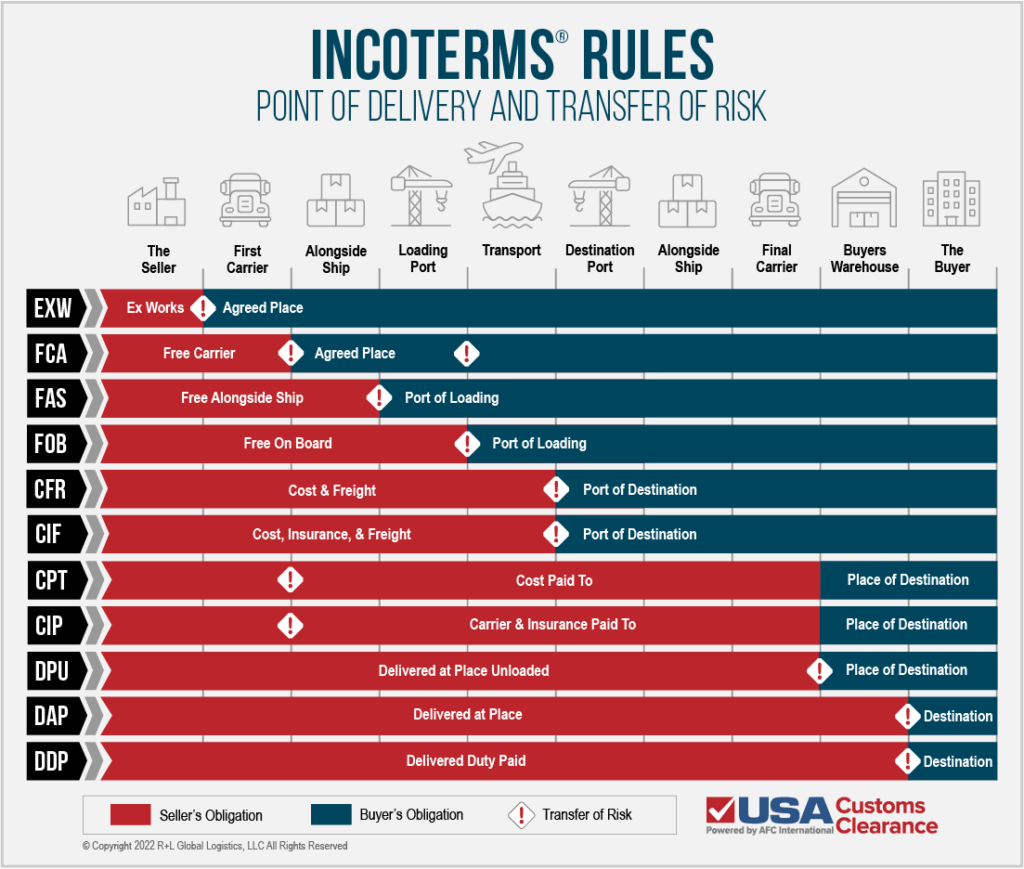

Our 45 Minute Licensed Expert Consulting Will Personally Guide You.
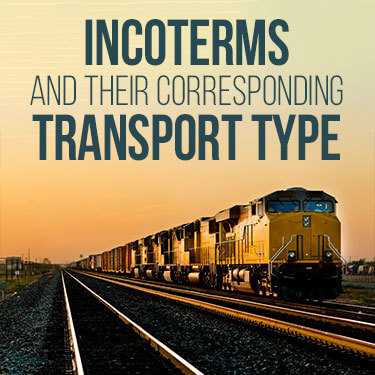
All 11 Incoterms are used for two specific transport types. These two transport types are called all modes of transport and sea and inland waterway transport.
The seven Incoterms that are used for all modes of transport are:
The remaining four Incoterms that are used for sea and inland waterways are:
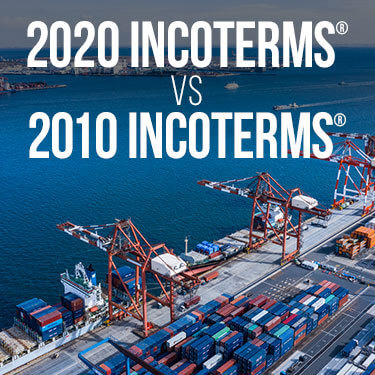
As we have already noted, Incoterms change periodically to make them more suitable for the current events and challenges in the realm of international trade. In 2020, the ICC released an update of the 2010 Incoterms.
For the most part, the 2020 Incoterms are the same as the 2010 Incoterms. However, some minor changes are worth knowing in case you plan on using the 2020 version.
Bills of lading (BOL) is sometimes required by banks when a seller is using a letter of credit to get paid. To help make it easier for sellers to get paid, the ICC has altered the FCA Incoterms in a way that will allow the seller and buyer to agree on the seller getting a BOL.
Over the past few years, there has been an increase in security requirements in international trade. Each Incoterm in the 2020 edition details added security requirements for sellers and buyers to follow.
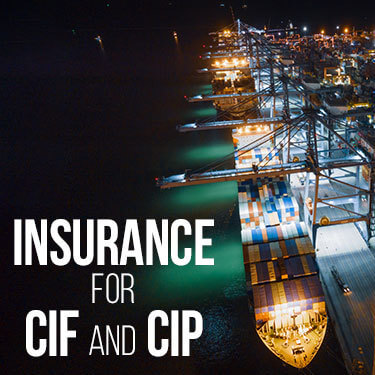
Both of these Incoterms require the seller to provide insurance for the goods being shipped. Under the 2020 Incoterm rules, the CIP Incoterm requires sellers to purchase more insurance protection than the 2010 version of the term.
The CIP Incoterm is often used for shipments of manufactured goods, which require more insurance coverage due to their value. Under the 2020 rules, CIP will make sellers provide a higher and more appropriate amount of insurance for these types of goods.
The 2020 DPU Incoterm is pretty much the same as DAT, except for the name change. According to the ICC, the Incoterm DAT, which stands for delivered at the terminal, is too specific and limits where the goods can be unloaded at.
Changing the name to DPU (delivered at place unloaded) is more general and gives the buyer more options as to where they want the seller to unload their goods. Besides this change, the DPU Incoterm is the same as DAT.
Incoterms from 2010 are still eligible for use even though the 2020 version is active. Many buyers and sellers have binding agreements regarding the way they complete business with one another. Therefore, changing something as minor as the Incoterms they use can affect these agreements.
Because of this, the ICC allows sellers and buyers to use previous iterations of Incoterms. As long as the Incoterms are agreed to by the buyer and seller, it doesn’t matter which version is used.
While Incoterms are optional, it’s still a good idea to use them. Read our article to learn the importance of Incoterms and how to use them.
There are many types of Incoterms and keeping track of which ones are used for what purpose can be stressful as an importer. Instead of doing it on your own, hire one of our Licensed Customs Brokers to help you out.
Whether you hire them for consulting or to help you through the entire importing process, they will have all the relevant information that you need to choose the right Incoterm. In addition to the skill of our Brokers, we also offer you customs bond and brokerage services should you need them.
If you need help figuring out your next step, contact our team so they can point you in the right direction.

Our 45 Minute Licensed Expert Consulting Will Personally Guide You.
 Copy URL to Clipboard
Copy URL to Clipboard

Google is changing how it surfaces content. Prioritize our high-quality guides and industry-leading coverage in search results by setting usacustomsclearance.com as a preferred source.
Add your first comment to this post